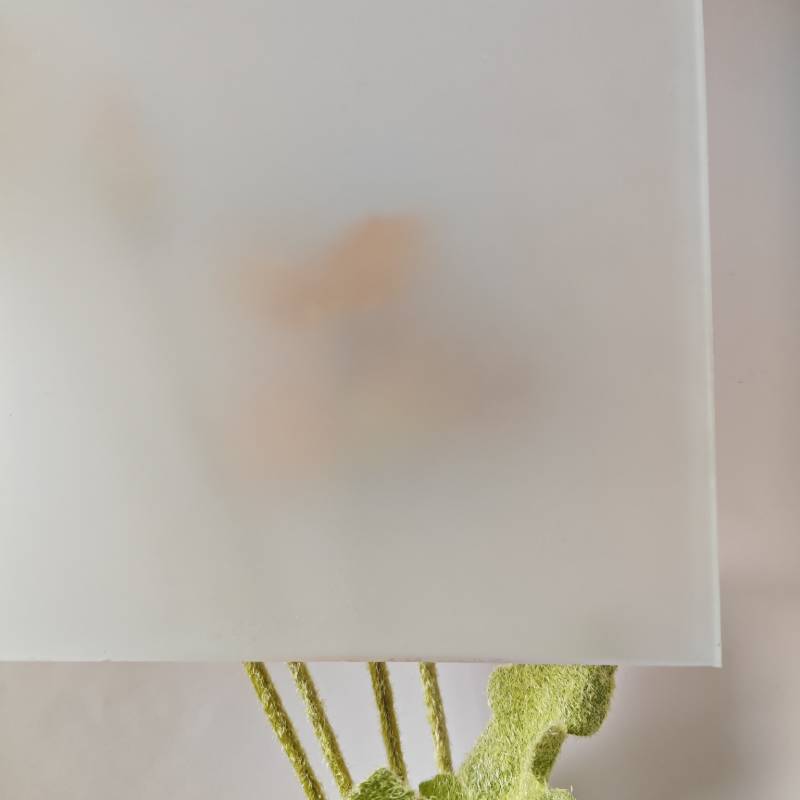

The Advantages of Low Emissivity Glass Revolutionizing Energy Efficiency in Architecture
In the quest for sustainable architecture and energy-efficient buildings, low emissivity (Low-E) glass has emerged as a revolutionary material that plays a pivotal role in enhancing thermal performance and reducing energy consumption. With the increasing global focus on environmental conservation and the need for energy-efficient solutions, understanding the properties and benefits of Low-E glass is crucial for architects, builders, and homeowners alike.
Low-E glass is treated with a thin, transparent coating that reflects infrared energy while allowing visible light to pass through. This innovative technology reduces the amount of heat that escapes from buildings in colder months, while also minimizing the amount of solar heat that enters during warmer months. The result is a more stable indoor temperature, leading to enhanced comfort and reduced reliance on heating and cooling systems.
One of the primary advantages of Low-E glass is its significant contribution to energy savings. Traditional windows allow a considerable amount of heat transfer, leading to increased energy consumption for heating and cooling. However, with Low-E glass, studies have shown that energy costs can be reduced by up to 30%. This not only results in lower utility bills for homeowners and businesses but also lessens the burden on energy resources, contributing to a lower carbon footprint and a more sustainable future.
The Advantages of Low Emissivity Glass Revolutionizing Energy Efficiency in Architecture
Moreover, Low-E glass can enhance the longevity and durability of a building. With its ability to control the heat that enters and escapes, it helps to reduce thermal stress on building materials. This can lead to a longer lifespan for the windows and the structure itself, minimizing the need for repairs and replacements over time, which further contributes to the sustainability message.

In addition to energy efficiency, Low-E glass provides improved indoor comfort. Traditional windows can create uneven temperature zones in a room, leading to discomfort for occupants. However, with Low-E glass, heat is evenly distributed throughout the indoor space, preventing cold drafts and hot spots. This consistent temperature also enhances the performance of heating and cooling systems, allowing them to operate more efficiently and effectively.
Another often overlooked advantage of Low-E glass is its capacity to filter harmful ultraviolet (UV) rays. Prolonged exposure to UV rays can cause furnishings, carpets, and artwork to fade over time. Low-E glass blocks a significant amount of these harmful rays while still allowing natural light to permeate the interior. As a result, spaces remain brighter and more inviting without the detrimental effects of UV exposure.
Today, Low-E glass is available in various types—such as hard coat and soft coat variations—each suited for different applications and climatic conditions. Furthermore, it can be combined with other technologies, such as double or triple glazing, to maximize energy efficiency and performance.
As we move deeper into the 21st century, the building industry is increasingly leaning towards environmentally conscious materials, and Low-E glass is at the forefront of this movement. Its ability to enhance energy efficiency, contribute to sustainability, and improve occupant comfort makes it an indispensable element in modern architecture.
In conclusion, as global energy demands continue to rise, the importance of innovative solutions like low emissivity glass cannot be overstated. Whether in commercial or residential projects, its benefits are clear and impactful, driving the trend towards greener, more sustainable building practices. By embracing such materials, we are not only creating spaces that are comfortable and economically viable but also paving the way for a more sustainable future. As awareness about energy efficiency and environmental impact grows, Low-E glass is set to remain a key player in the evolution of smart, eco-friendly architecture.